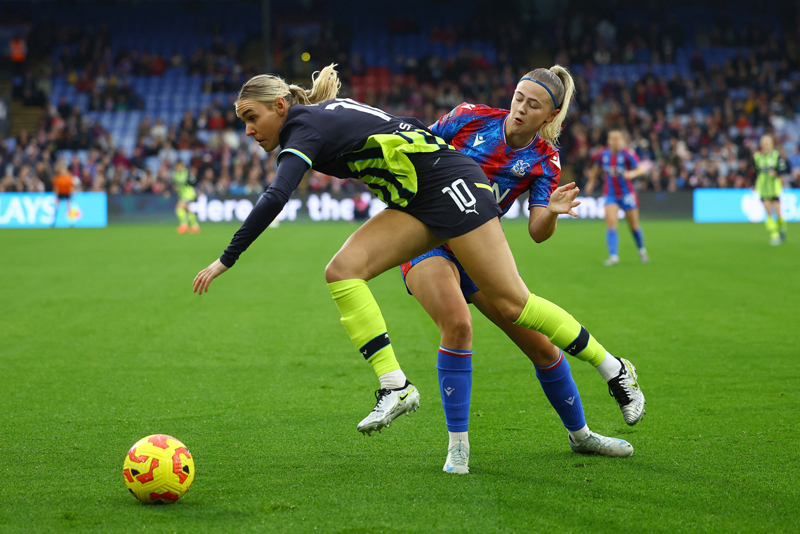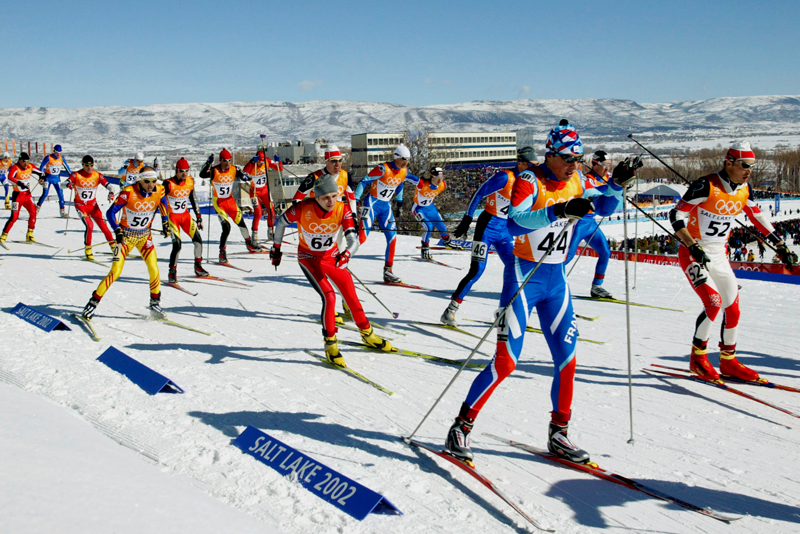Since the dawn of sports nutrition as a scientific discipline, one issue has consistently dominated practitioners’ attention – the post-exercise ‘window of opportunity’ for muscle recovery. So entrenched is this concept in muscle recovery culture that it barely needs an explanation, but for the unconverted here is a brief description of how it works.Traditionally two nutrients have grabbed most of the muscle-recovery headlines: carbohydrate and protein. The drive to consume carbohydrate as early as possible after activity derives from the early work of Louise Burke, head of the Australian Institute of Sport’s nutrition department(1,2), and John Ivy in Texas(3,4), whose primary concern (and this is the important point) was to maximise the rate of glycogen synthesis. They were hell bent on recovering muscle glycogen as fast as possible so that performance in an event or training session occurring up to 24 hours later did not suffer.
Protein was then added to the carbohydrate for two reasons:
- To improve glycogen accumulation beyond what could be achieved by consuming carbohydrate alone;
- To stimulate muscle protein synthesis.
Those responsible for giving nutritional advice to sportsmen and women have used the window of opportunity as their most potent weapon, regularly assaulting their ears with terms like ‘glycogen synthase’ (the enzyme considered for a long time to be the most important step in glycogen accumulation) and ‘high glycaemic index’ carbohydrates (the sort that break down quickly during digestion).
Only recently I was witness to a conversation between a football manager and one of his most senior players directly after a pre-season friendly match. Due to a mix-up at the stadium there was no post-match food available, and the player in question was furious, informing the manager that he must eat within 20 minutes.
Was he right to be so vociferous when in fact he had a day off scheduled for the next day and was not due to play another match for a week? Could he have waited a little more time to eat without prejudicing his recovery? Read on…
Since as long ago as 1983, Professor John Holloszy and his colleagues have been conducting a series of experiments investigating glycogen metabolism, insulin resistance and its association with type 2 diabetes and obesity, much of which has been overlooked by the exercise community.
Using animal models, Holloszy has found that preventing glycogen super-compensation by not feeding carbohydrate after exercise leads to a persistent increase in insulin-stimulated glucose transport.
After glycogen-depleting exercise, it would appear that muscle cells maintain the adaptations that make possible faster and greater glycogen accumulation until glycogen accumulation actually occurs. The window of opportunity, so long the key tool of the sports nutritionist, is starting to show some cracks!
Increased capacity for muscle glycogen accumulation after exercise
The results from Professor Holloszy’s most recent study indicate that this increased capacity for muscle glycogen accumulation after exercise lasts for at least three days(5)! Muscle glycogen accumulation was as great in rats maintained in the glycogen-depleted state for 66 hours and then fed a high-carbohydrate diet as in those fed the high-carb diet for 18 hours immediately after exercise.The mechanism responsible for this phenomenon appears to be the action of a muscle glucose transporter called GLUT 4 protein. Exercise training induces an increase in the GLUT4 glucose transporter in muscle, leading to a proportional increase in glucose transport and a consequent enhancement of the rate and magnitude of muscle glycogen accumulation.
It would appear, therefore, that the importance of post-exercise carbohydrate feeding to promote maximal rates of muscle glycogen depends largely on the length of time between exercise bouts. And in many sporting situations this period is quite extended.
Why should this adaptation exist? Holloszy et al point to the fact that muscle glycogen is necessary for strenuous exercise, and depletion of glycogen stores results in fatigue that makes vigorous exercise impossible. Therefore, rapid muscle glycogen repletion can be essential for survival in a fight-or-flight situation that calls for vigorous activity.In this context, the rapid exercise-induced increase in GLUT4 expression could provide a survival advantage during prolonged emergency situations by facilitating faster and greater glycogen repletion between bouts of activity.
What about the role of protein? It seems that a similar, although less important, mechanism is at work here. A recent study of elderly people has provided us with some very interesting insights into the nutritional control of muscle mass(6). Birgitte Esmarck and her colleagues found that it mattered considerably when they consumed a protein meal after exercise.
Post-exercise eating and muscle-fibre growth in elderly men
Delaying the consumption of a meal for two hours after exercise limited the increase in muscle-fibre growth after a programme of progressive resistance exercise in elderly men (mean age 74 years). But when the meal was taken immediately after exercise, muscle growth, measured as increases in muscle fibre and whole muscle cross sectional area, was considerably enhanced.However, other research on young subjects has shown little difference in the stimulation of muscle protein synthesis (and no difference in the inhibition of muscle protein breakdown) when a protein–carbohydrate meal was given either one hour or three hours after strenuous exercise(7).
This apparent contradiction may be explained by the relative sensitivity of elderly muscle to contractile activity and dietary amino acids. Further research has suggested that elderly subjects exhibit what we might call ‘nutrient resistance’ of protein synthesis, in that they show a diminished response to dietary amino acids plus carbohydrate by comparison with young subjects(8).
It could be that, while elderly muscle is stimulated by contractile activity, the effect wears off faster than in youthful muscle.
If all these findings were replicated in humans, would they consign a whole host of sports nutritionists to the dole queue?
Not quite: but they would give athletes a bit more freedom and flexibility to design their own specific recovery strategies, plan meals accordingly and decide whether it is worth investing in expensive recovery products.
Many of us are not faced with the need to replenish muscle glycogen stores immediately. If we had a couple of days in hand before our next planned exercise bout, that would allow for sufficient accumulation of muscle glycogen. On the other hand, those with demanding training and competition regimes would need to restore muscle glycogen pretty quickly. As with everything in life, there is no one-size-fits-all approach.
Of course, in many situations it is convenient to start the process of muscle recovery early – in the changing room after a team event, for example. But if there are individuals on the team who find it difficult to consume food or drink straight after training or competition, should we really castigate them? Wouldn’t it be better to encourage them to choose appropriate times for eating and drinking that will not put them at a disadvantage?
The message is simple: the appropriate time for post-exercise feeding will depend largely on the time available before a subsequent bout. Maybe you can allow yourself a little extra time to get those essential amino acids and carbohydrates on board – unless, of course, you are collecting your pension!
Perhaps at last it is time to draw the curtains, at least in part, on that celebrated window of opportunity.
Nick Broad
References
- J Appl Physiol, 75: 1019-1023, 1993
- Am J Clin Nutr, 64: 115-119, 1996
- J Appl Physiol, 93: 1337-1344, 2002
- J Appl Physiol, 64: 1480-1485, 1988
- Am J Physiol Endocrinol Metab, 285: E729-E736, 2003
- J Appl Physiol, 535: 301-311, 2001
- J Appl Physiol, 88: 386-392, 2000
- J Clin Endocrinol Metab, 85:4481- 90, 2000









